Our Blog
Blog All Items Title
All Recent Articles
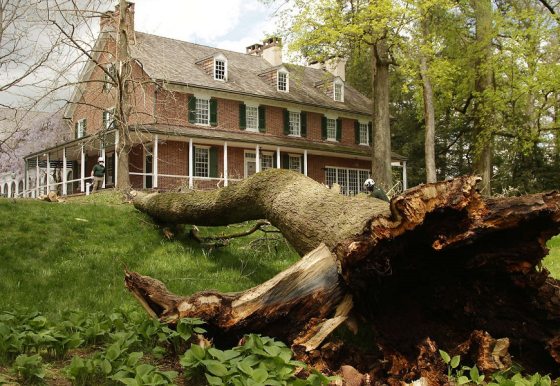
Farewell to an Iconic Tree
This magnificent tree, thought to be nearly 200 years old, was the first tree at Longwood to be designated a state champion tree, meaning it was deemed the largest of its kind of Pennsylvania—and then went on to be deemed the largest in the nation.

Farewell to a Beloved Beech
Measuring about 90 feet in height, this particular copper beech is among those ordered in either 1928 or 1933 by Longwood founder Pierre S. du Pont, as well as one of Longwood’s champion trees.
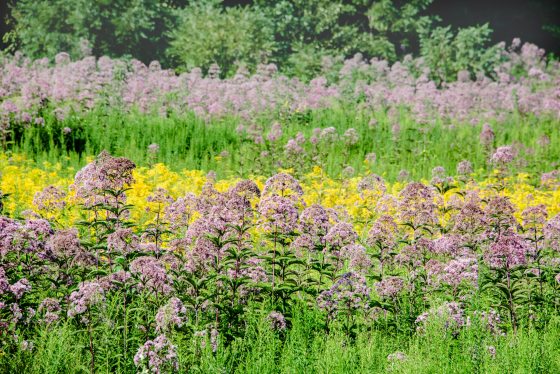
A Sea of Asters
While many cultivated plants in the Asteraceae are found throughout Longwood’s display gardens—from daisy-like gerbera and dahlias, summer favorites marigolds and zinnias, and fall’s spectacular asters and chrysanthemums—it’s in the Meadow Garden where you can truly appreciate the breadth of this plant family in a natural setting.
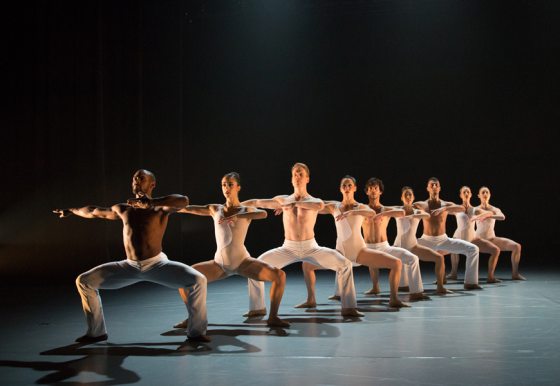
By Leaps and Bounds: Dance Under the Stars
BalletX will take the Open Air Theatre stage with an exemplary program inspired by the culture of Spanish Harlem, film noir, and street dance … a program worthy of the ages and perfect for the starry-skied setting of our Open Air Theatre.

A Tree with a Story to Tell
When it’s time to plant a tree at Longwood, I look to plant one with a story. … Our new sycamore originates from the incredibly massive tree just a few miles down the road at Brandywine Battlefield State Park in Chadds Ford.
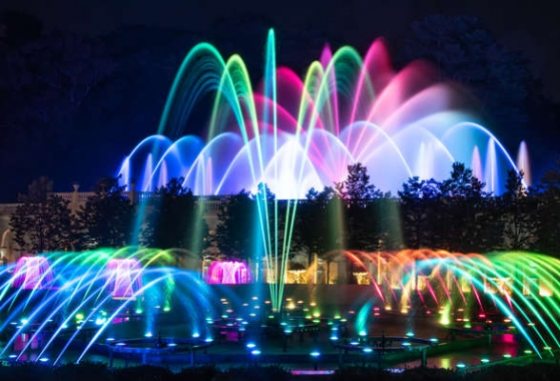
Making Our Fountains Dance
Our imaginative fountain choreographers utilize cutting-edge technology and artistic finesse to create astonishing performances.
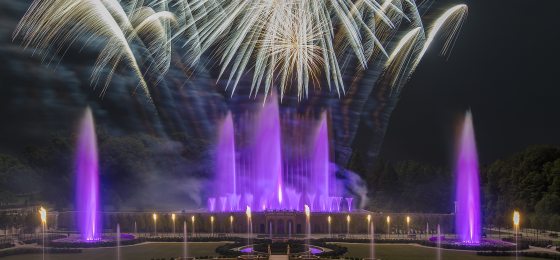
Designing Longwood’s Fireworks & Fountains Shows
When it comes to fireworks at Longwood, our legacy runs deep—or, rather, sky high.
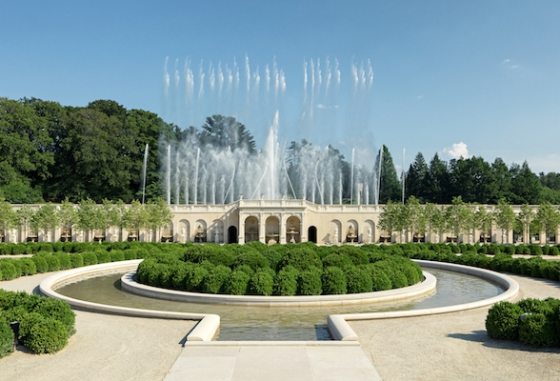
Celebrating Our Founder, Fountains, and Flowing Water
In July 1906, Pierre S. du Pont purchased the rights to the historic Peirce’s Park and surrounding lands, thereby establishing Longwood Gardens. One hundred and eleven years after Mr. du Pont’s purchase, we commemorate this historic act with our Founder’s Day weekend of festivities.
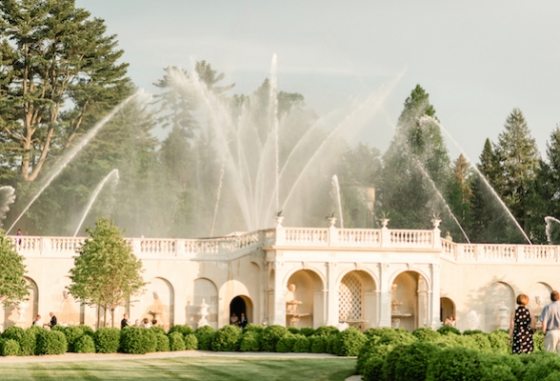
A Flourish of Fountains
Longwood is home to the most significant fountain collection in North America and in June we celebrate all the fountains in our Gardens. From Pierre S. du Pont’s first single-jet fountain on the Flower Garden Walk to the 1,719-jet Main Fountain Garden, guests can learn more about Longwood’s fountains with tours and two new exhibits...
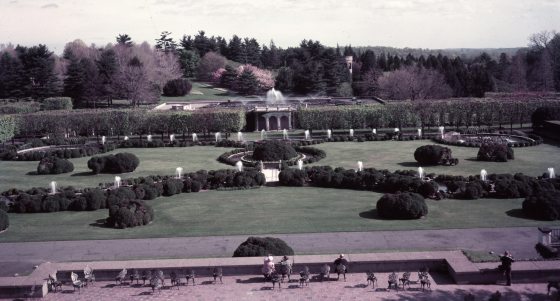
Maintaining Tradition: A Boxwood Story
The pinnacle of Pierre S. du Pont’s love for gardening is set to reopen next summer to the delight of thousands of eager guests. Meticulous planning went into the revitalization of the Main Fountain Garden, with much consideration given to preserving the legacy of Mr. du Pont and the property he purchased in 1906. In addition to saving the arboretum that the Peirce brothers started in 1798, Pierre became the steward of a large collection of boxwood that was planted among the trees leading to the Peirce home.
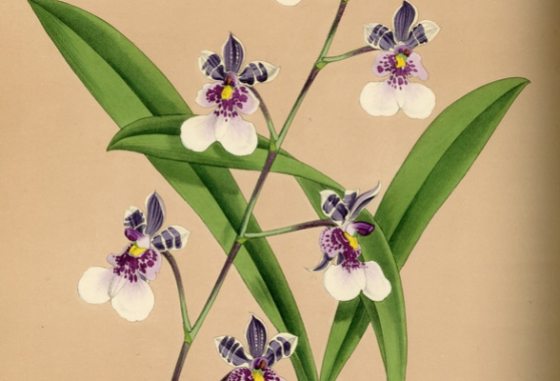
Pursuing a Passion for Orchids
When Pierre and Alice du Pont were married in October 1915, the Longwood estate already boasted beautiful outdoor flower gardens, the Open Air Theatre, and a brand new addition to the Peirce-du Pont House—a conservatory. Their passion for gardens was evident. Features that we associate with Longwood today, like dahlias, roses, topiaries, fountains, champion trees, and brilliant spring bulbs were already notable; however, there were no orchids.
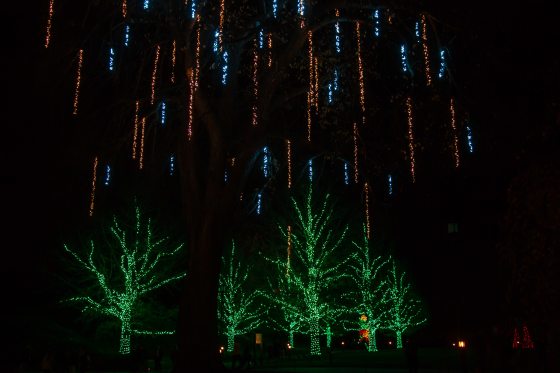
The Spirit of A Longwood Christmas
A little boy dashes from the Visitor Center into the brightly quiet wonder of A Longwood Christmas. His eyes, wide as the night, reflect the glow of the big old elm, tall as the sky and brilliant with light, perhaps borrowed from the stars above. “How do they do all of this?” he exclaims. A December breeze catches the branches and makes the lights twinkle even more brightly. Or could it be the spirit of Christmas at Longwood—the unseen essence that animates the place and its people?

Fountain Technology in the Jazz Age
It was the age of flappers and jazz … but at Longwood Gardens it was more about industrial-strength classicism and illuminated fountains, thanks to the vision of Pierre S. du Pont. Mr. du Pont was in the technology business of chemistry and automobiles. He was building skyscrapers, chemical factories, and assembly lines, so it wasn’t hard to adapt technology to make fountains spurt and glow. Longwood’s first fountain (1907), on the Flower Garden Walk, was supplied by gravity from a tank in the Peirce-du Pont House attic, which in turn was fed from a hydraulic ram at the Large Lake. No electricity was required since the power to push water uphill came from the water itself...
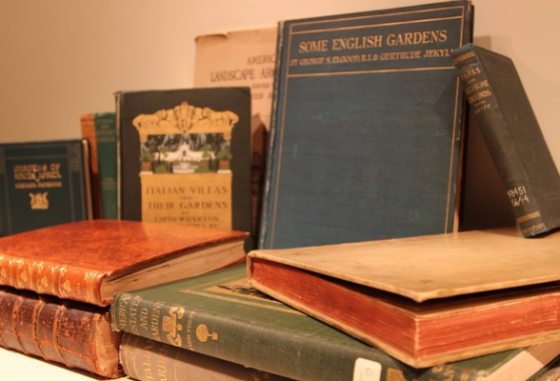
Fountains of Knowledge
Water—not only does it sustain us with the fruits of our gardens and fields, it elevates our lives with its elemental beauty. This dual nature of water is embodied in the Gardens and fountains of Longwood, where utility and wonder thrive side by side. Essential to life in the Gardens, water is also a wellspring of play and artistry that finds expression in our fountains, which are monuments both to nature and to human ingenuity. Such human ingenuity was a defining trait of Longwood’s founder, Pierre S. du Pont. And yet even the most imaginative ideas build upon the knowledge of what has come before. Pierre "collected" ideas for gardens and fountains during his many trips to Europe and to world's fairs, and then implemented them at Longwood, shaping them according to his own American vision and innovation. He also gained inspiration from the pages of his personal library, a tradition that continues today when staff, students, and volunteers step into the Longwood Gardens Library & Archives.
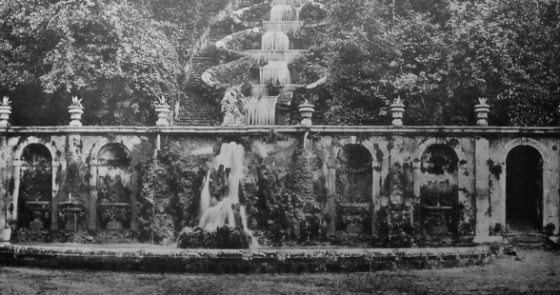
The Main Fountain Garden: From Old World Roots to New Heights
While visiting the Villa d'Este in 1913, Pierre S. du Pont, the founder of Longwood Gardens, announced, “It would be nice to have something like this at home.” This was a sentiment shared by other wealthy Americans visiting Europe around the same time. American residential landscape design in the late 19th and early 20th centuries—now known as the "Country Place Era"—was driven by these educated and well-traveled individuals who had the desire and means to build elaborate European-style estates at home. Mr. du Pont was developing Longwood Gardens not long after George Washington Vanderbilt II established the sprawling Biltmore Estate; at the same time, William Bowers Bourn II was constructing his country house, Filoli, and John D. Rockefeller was building this hilltop palace, Kykuit.
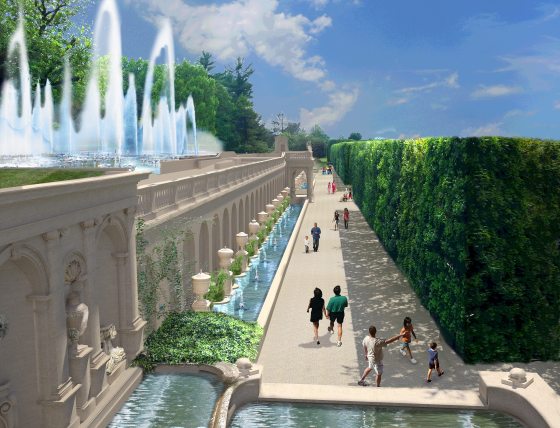
Reaching New Heights
Pierre S. du Pont's extraordinary Main Fountain Garden has entertained guests with its beauty and showmanship for eighty-three years. Now Longwood Gardens will carry Mr. du Pont's legacy to New Heights through the Fountain Revitalization Project that begins in mid-October.
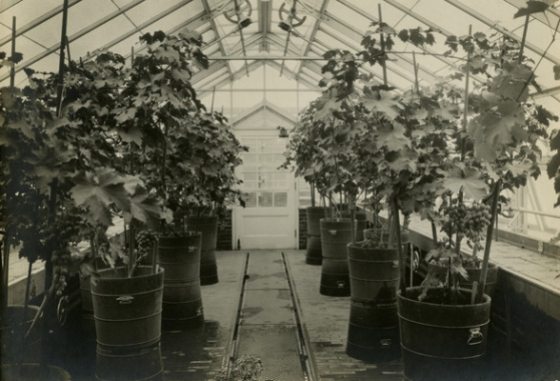
Gifts from the Gardens: A Fruit Tradition
Holidays celebrate tradition. Gifts—symbols of good will, of gratitude, of joy—are a part of that tradition. Many of our best-loved holidays take place in fall and winter, as we gather to share the fruits of our harvest, the company of family and friends, and our hopes for the coming year. Come join us for A Longwood Christmas, where the gift and tradition of fruit is the centerpiece of our celebration.

Behind-the-Scenes of Our Orchid Growing Houses
Our historic orchid growing houses, normally open only to Longwood’s staff, were constructed between 1926 and 1962. Today we use these houses to grow and care for the nearly 9,000 orchids in our collection. Visit us this Saturday, March 23, 2013, for our final Beyond the Garden Gates Day of the Orchid Extravaganza season, when you’ll have the rare chance to visit these spaces in person.
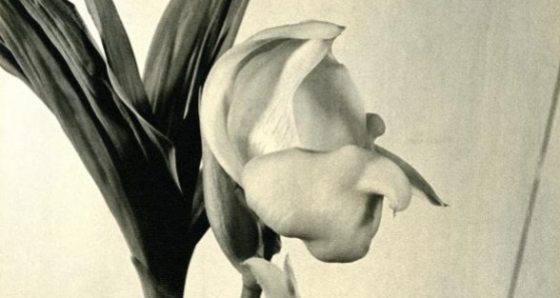
The Gift of Orchids at Longwood Gardens
The tradition of orchids at Longwood Gardens began with a gift. In 1922, twelve Cattleya orchids were included in a gift of greenhouse plants from Mrs. Dimmick of Scranton, Pennsylvania to Mrs. Alice B. du Pont. It might have ended there, as one-time gifts sometimes do. These first orchids did not fare well, due to the grower’s limited knowledge of their needs and habits.
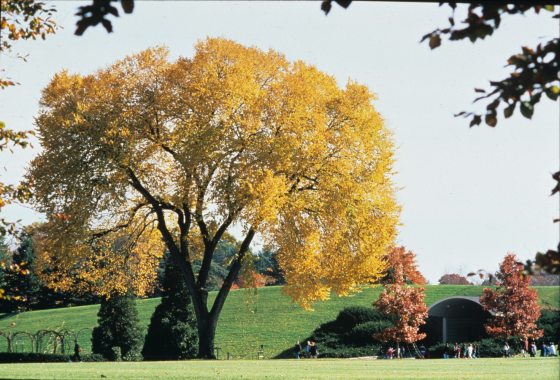
Our American Elm: A Survivor's Story
The American Elm was once a staple on the streets of America until Dutch elm disease was introduced in the 1930s. Today, small groups of elm trees can still be found in the woods or on the side of the road, but it is rare to find large specimens along streets or in landscapes. The American elm on the Cow Lot at Longwood Gardens is the only straight species of American elm remaining in the Gardens. Standing just outside the Visitor Center, this tree provides a majestic welcome to our guests, and gives everyone a taste of what's to come as they begin their way through the Gardens.